Quarantine may not be an unknown word for any person in the world anymore, especially right now - during the Corona Virus or COVID – 19 Pandemic, when this article was being written. However, very few people know the details about its history, which among other things, is certainly very interesting. However, before we go to history, we should clarify a few basic things.
Definition of Quarantine in simple terms can be described as the procedure to isolate people or animals who have come in contact with a source of contagious disease, from other healthy members of the society to stop the spread of disease. This is something that is known to the vast majority of people worldwide, thanks to the lockdown that was implemented in the vast majority of countries, due to the COVID -19 Pandemic.
While describing the definition of Quarantine, it is important to mention here that Quarantine is not reserved for just sick people demonstrating symptoms, but may also cover healthy-looking individuals who may be suspected of harboring a disease, which they may spread to other healthy individuals.
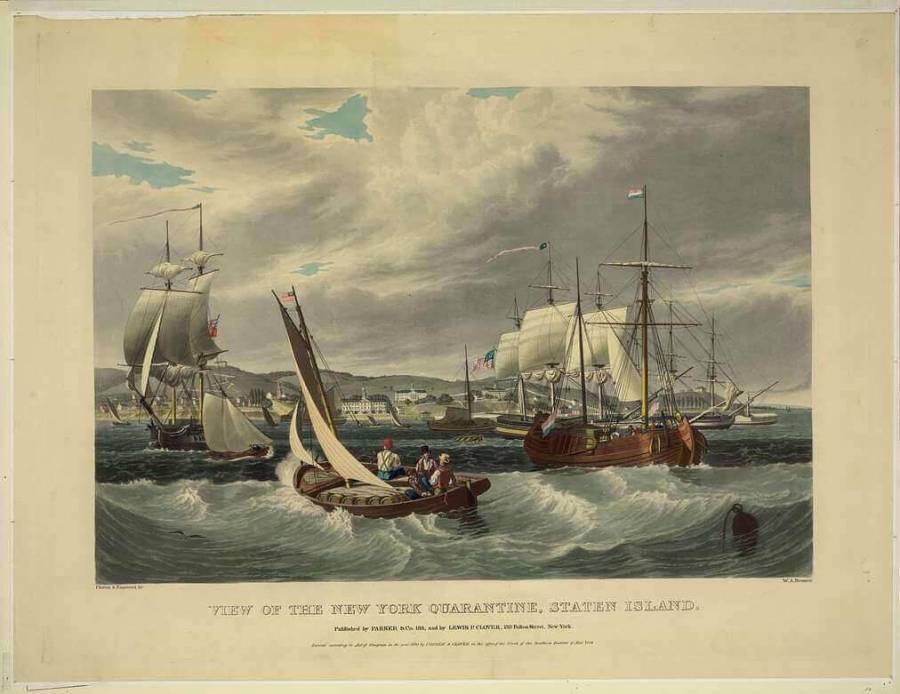
Quarantine may be forcefully imposed by the government authorities or may also be chosen by people voluntarily, who may self-quarantine themselves when they suspect that they may be carriers of some infective disease. During COVID 19 Pandemic, both forceful and self-imposed quarantine was used by authorities & people world-wide, along with social distancing to stop the spread of the disease.
However, a phenomenon like quarantine which looks so natural in modern times did not develop suddenly, but the origin of quarantine procedure or the history of quarantine has been a long journey, which has occurred over many centuries.
The history of Quarantine procedures, at least the form that is practiced in the modern world is not something that happened overnight but is an accumulation of multiple observations that has spanned centuries of trials, and the definition of Quarantine has also changed over the ages.
Origin of Quarantine can be traced back to the Biblical book of Leviticus, which is supposedly written between 5th to 8th century BC. However, as it had undergone many additions over time, many scholars believe that parts of it may be much older than the above described period.
In the Book of Leviticus, Mosaic Laws describe the protocols which are similar to modern-day Quarantine procedures. The priests are advised to look for any skin discoloration if present. If a shiny spot is present in the skin but it contains hair, which has not turned white, then that person is to be kept isolated for 7 days.
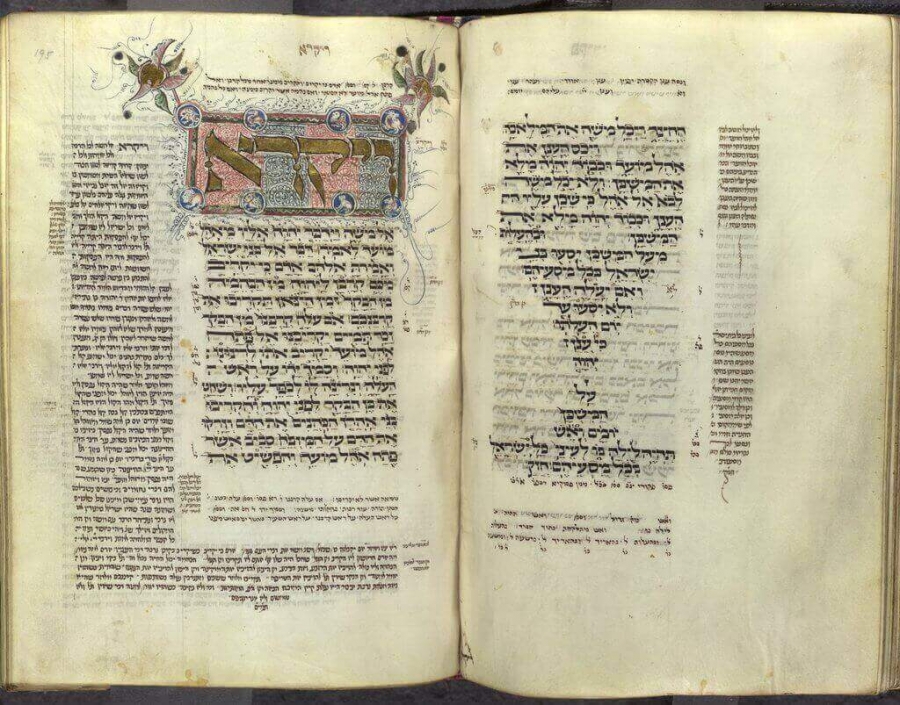
On the 7th day, the person is re-evaluated and if he is appearing to be still in an unhealthy condition, he should be kept isolated for another 7 days. This advice was designed for people who were suspected to be suffering from Leprosy. Anyone with an eruption or discharge had to be removed from the camp, so as not to affect other people in the camp. Even houses suspected of containing infected members were to be quarantined for a week.
The first recorded outbreak of the now well understood – Bubonic plague took place in 541 A.D. in what now is areas of Syria, Persia & Palestine. The Plague was soon given the name of Plague of Justinian as the disease reached the Byzantine capital of Constantinople in 542 A.D. It is estimated that 40 percent population of the city perished due to the disease.
Emperor Justinian I who was the emperor during the time also contracted the disease, but somehow, he survived. Realizing the gravity of the situation, he took extensive steps to dispose of the high number of dead bodies in his capital city, both by burial and by dumping dead bodies in the sea.
As per superstitions of the time, Emperor Justinian I believed that the epidemic was caused due to the sins of the people following pagan religions and other customs/lifestyle which went against the traditional values followed during the time. Movement of these people was restricted, which defied all scientific logic when analyzed by modern scientific standards, as role of Christians of Constantinople was never scrutinized.
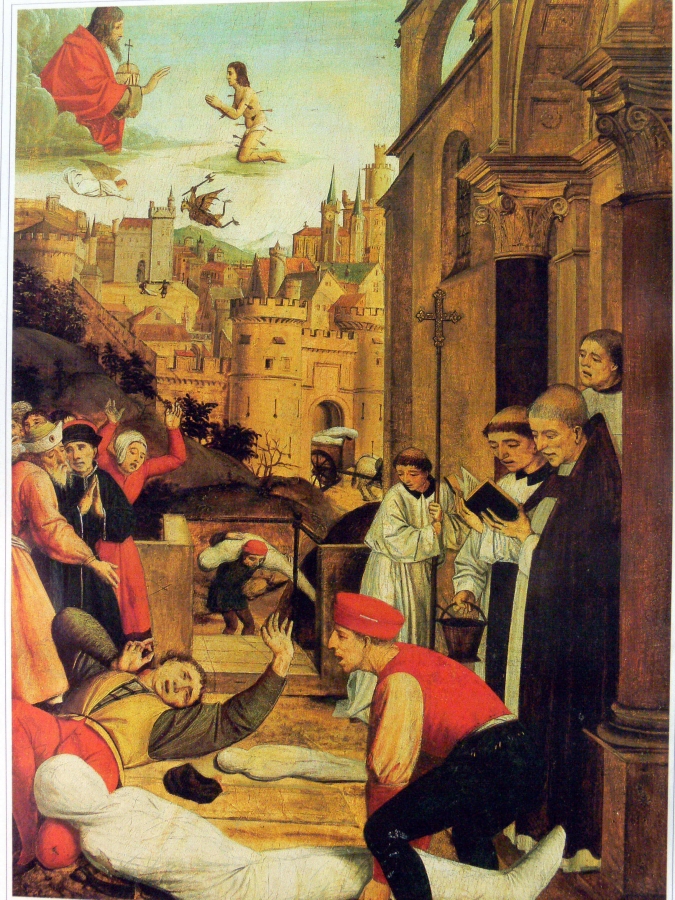
Justinian’s laws were discriminatory and in absence of scientific knowledge regarding the disease, the artificial quarantine around Constantinople, based on religion & cultural differences, did nothing to stop the spread of the disease and proved useless. Although aggression against dissident groups is in no way acceptable in today’s world, however, this was one of the initial (although illogical) attempts made in the history of Quarantine.
The modern system of compulsory isolation of patients first started in the Islamic world, when caliph Al Walid I of the Umayyad dynasty built a hospital in Damascus (first of its kind) and issued orders to ensure that patients suffering from Leprosy should not come in contact with other patients present in the hospital.
The incidence of separating patients (which in the modern world is described as quarantine) was followed in many places in the Muslim world and the practice of separating leprosy patients from other patients in an all-purpose hospital continued, till an exclusive hospital for Leprosy patients was started in the city of Edirne, in 1431 A.D. by the Ottoman empire.
History of Quarantine in the Islamic world would be incomplete, without mentioning the name of Persian Muslim polymath Ibn Sina, who is better known in English as Avicenna and lived between 980 AD to 1037 AD. Avicenna was one of the finest physicians of the Islamic Golden Age, besides being a noted writer, thinker, and astronomer.
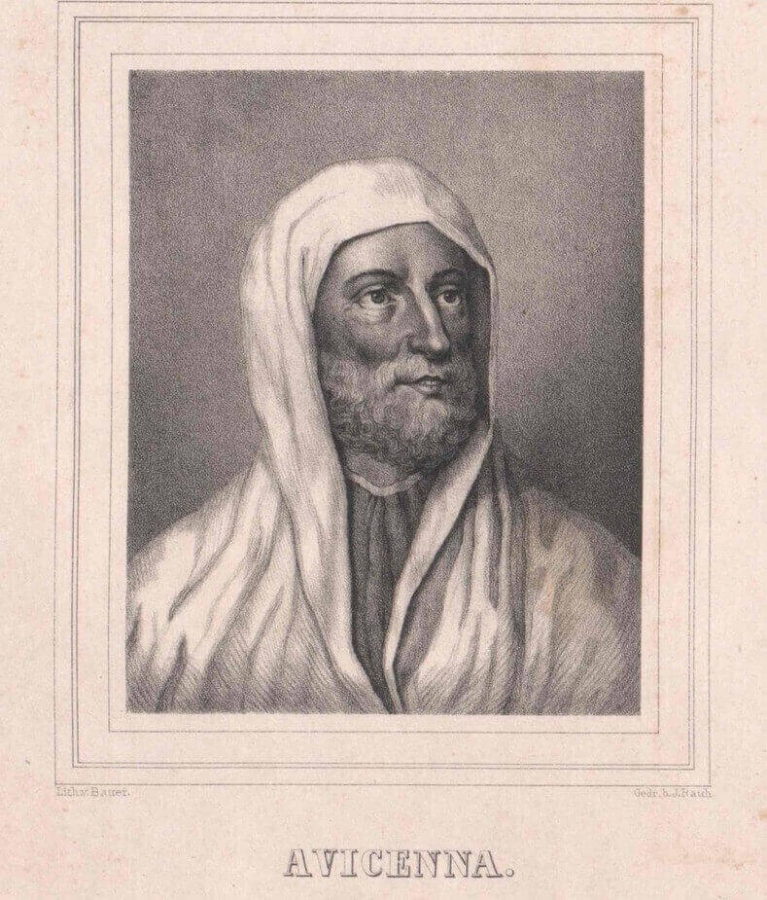
In Canon of Medicine, which is a 5-volume medical encyclopaedia, written by Avicenna; he described and advocated separating patients suffering from contagious/infectious diseases. Avicenna had described in his texts how some disease was caused by foreign organisms – not visible to the naked eye (although microorganisms would be properly identified many centuries later) and 40 days of sanitary separation of sick people from the healthy could decrease the spread of the disease. This was an important observation for its time.
Avicenna called his method – “al – Arba’iniya” (the forty) and as we have described previously, separating sick people was a mandatory practice in the Islamic world to prevent the spread of leprosy. This knowledge would later spread to European nations like – Venice, through transcontinental merchants coming from the east.
“Necessity is the mother of invention” and it was the repeated waves of plague sweeping across Europe in the 14th century that would add to the development of the modern system of Quarantine. The disease arrived in western Europe in 1347 and would later spread to different countries of Europe including England, Germany, and Russia. The plague was so severe that an estimated one – third of Europe’s population perished due to the disease.
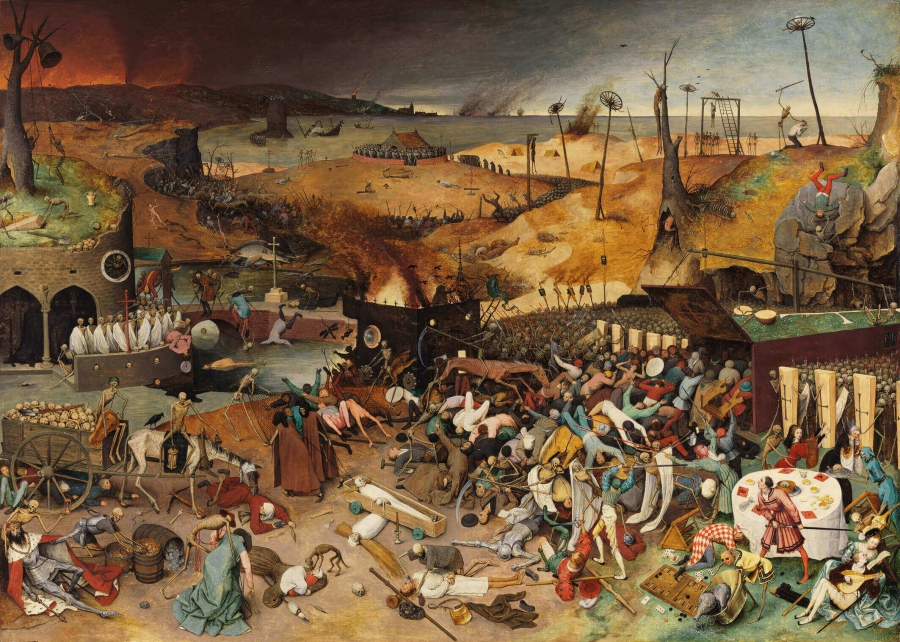
The damage inflicted by the epidemic would force nations across Europe to invent and apply extreme infection control measures. One of the important developments took place in the Venetian controlled busy Mediterranean port city of Ragusa (at present the city of Dubrovnik, Croatia) where the chief physician of the city – Jacob of Padua, advocated the development of a place outside of the city walls, where the sick people of the city or other diseased people coming from outside could be kept for treatment and observation.
These measures were based on the principle of separating the sick from healthy, but the initial attempts were only partially effective and forced the Great Council of the city to take more radical measures. This soon materialized in 1377 AD, when a law establishing 30-day isolation (Trentino) was passed.
The law made it compulsory that – all outsiders coming to Ragusa, from a known place where the plague was present had to first remain outside the city in isolation for 30 days. Nobody living in Ragusa was allowed to meet these outsiders (unless assigned by the Great Council to care for those in isolation) & if they did so, they would also have to stay in isolation for 30 days.
In 1448 AD the Venetian Senate extended these 30 days duration of isolation to a waiting period of 40 days, thus giving origin to Quarantine word (this term was derived from the Italian word Quaranta Giorni, which means forty days). These 40 days of isolation would go on to become very effective in controlling outbreaks of plague because later studies showed that the duration of the period from infection to death in the bubonic plague was roughly 37 days.
The rationale for changing the duration to 40 days has been explained by scholars by giving different reasons. Those with a religious bent of mind, believe that 40 days period reflect the duration of important Biblical events like – the period of the great flood, duration of Moses ‘s stay in Mount Sinai or Jesus’s fast in the wilderness or related Christian observation of Lent. Some other academic scholars believe that the 40 days duration was chosen based on ancient Greek belief of “critical days” according to which contagious disease developed within 40 days after exposure.
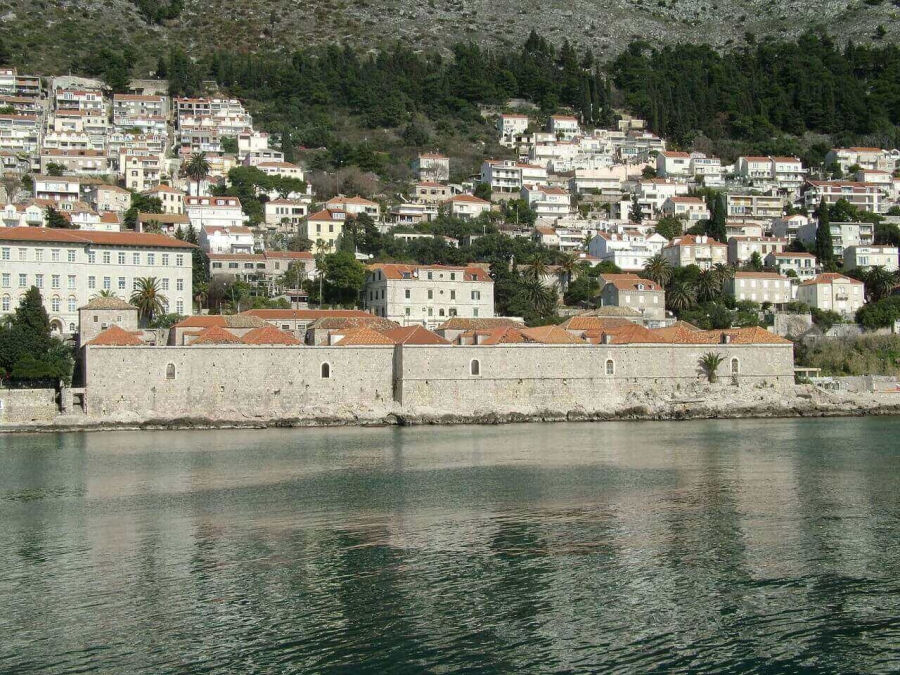
Ragusa was the first city in Europe to develop well-defined policy & areas for Quarantine, which initially were uninhabited islands located nearby, but later were replaced by sophisticated structures. Later day well-arranged constructions (built-in 16th & 17th century) like - Lazzarettos of Dubrovnik (which is a group of interconnected buildings located 300 meters away from the city walls), where the people in Quarantine were accommodated, remains as a testimonial to this fact.
Isolation of people believed to be sick was soon also implemented in many other cities of Europe too. In Venice, Italy incoming suspected ships were initially detained in the lagoon. However, later in 1423 AD, the first known maritime quarantine station would be built on the island of Santa Maria di Nazareth in the Venetian lagoon, which served as a plague hospital (& quarantine facility) and also treated those suffering with leprosy.
Even in the United States of America, by the 1700s all the major port on the eastern coast had developed a well-organized quarantine arrangement system. This included a suspected ship being kept in a port, with a yellow flag hoisted on it till a suitable time had passed. Later on, hospital ships were also provided to assist the sufferers.
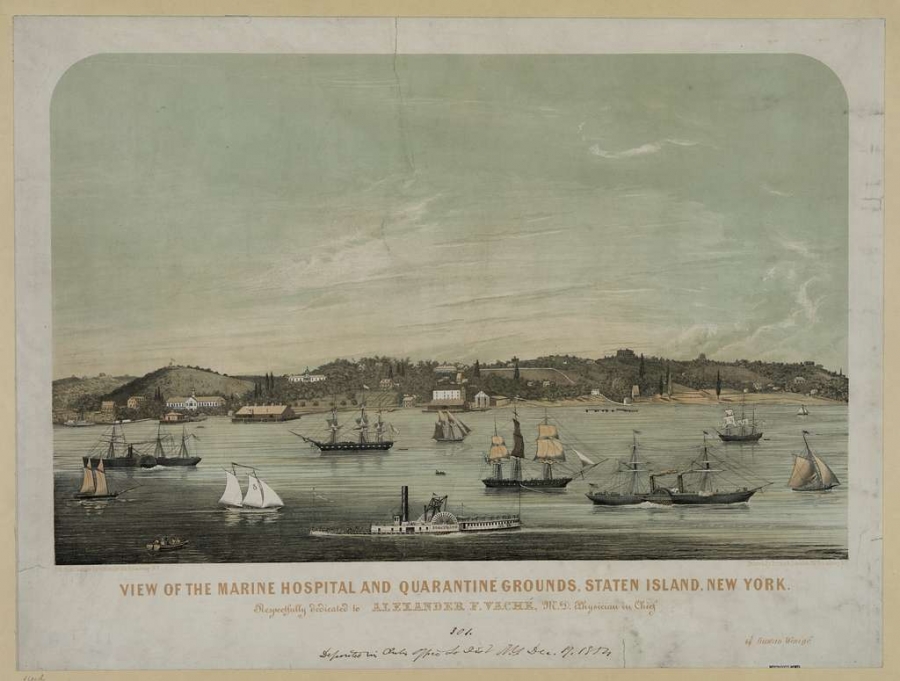
In 1793 Philadelphia was badly affected by Yellow Fever, and around 5000 people died over the course of 2 years. The best preventive measures decided at that time was to quarantine sailors in a hospital outside the city. However, as the disease spread by mosquitoes, quarantine was not very effective. In the Typhus outbreak of New York in 1892, at least 70 people were quarantined in nearby North Brother Island.
Initially, it was the states that were responsible for undertaking measures related to infectious disease in the USA but repeated outbreaks of deadly epidemics made Congress improve federal quarantine measures. 1878 would be an important year when National Quarantine Act would be passed and the quarantine system in the USA was fully nationalized by 1921.
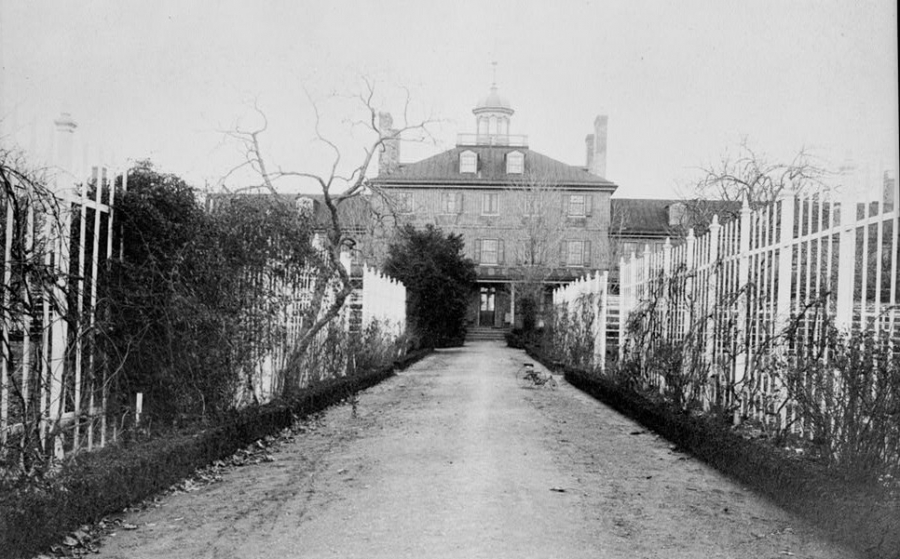
Quarantine, as a method of prevention of disease spread, should serve as one of the easiest ways of decreasing morbidity and mortality associated with an epidemic or pandemic, but unfortunately, history of quarantine has shown that sometimes it also is used for/or encourages the dark aspects of human nature. More specifically, there are ample examples in history when quarantine measures to isolate people were not based on sound medical principles but on race, religion, ethnicity, or other variables.
The dark history of quarantine can be observed from the Plague of Justinian in ancient times (mentioned previously) to more recent incidences. Before the establishment of quarantine, officials in Reggio, Italy ensured that the people who were suffering from the plague were taken to fields outside the city and left there, where they would either recover or die. It is very obvious that the very sick was very unlikely to recover in these conditions.
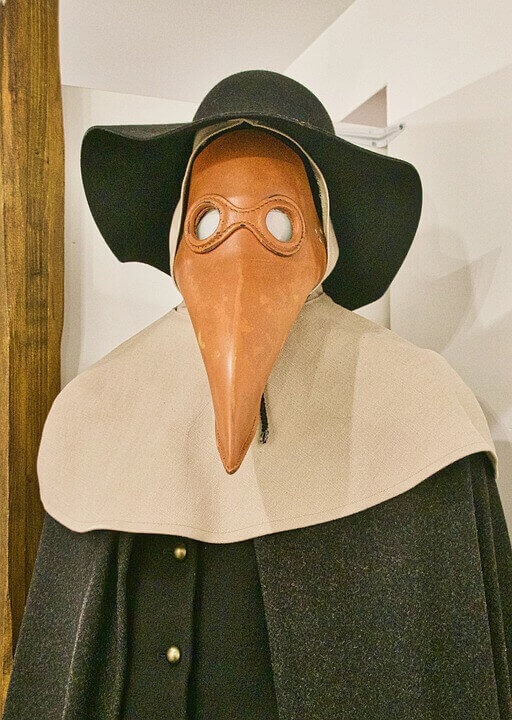
The early Lazarettos developed in Europe, where the people coming in ships from infected areas were quarantined, were very ill-maintained and left a lot to be desired. These did not always provide an environment where the sick could recuperate easily. Sometimes due to unhygienic conditions people living in these accommodations, became sicker than what they were previously.
The early quarantine procedures also lacked the strict maintenance of discipline that is mandatory for the success of the process. Besides the fact that the practice was fickle (the duration of quarantine was arbitrarily counted), the rich could evade the practice on many occasions by bribing the officials and the ones forcefully kept in quarantine were mainly the poor without money.
The Smallpox Riots of 1894 was rather an unfortunate incident that occurred in the closing decade in the city of Milwaukee, USA. Although the city had faced many epidemics previously, the smallpox epidemic which struck the city at the beginning of 1894 would be most notable, because it brought to surface the resentment against the authorities, because of the emergence of the new science of public health.
Disillusionment with how the treatment was done (including opinions regarding quarantine) created resentment in people against the health authorities, who were forcibly taking people to hospital for treatment. As people refused to let the authorities take patients forcefully to hospital from their home, a confrontation ensued between the 2 sides. Besides the injury sustained by the police personals and ordinary people, the principals of quarantine were grossly violated. By the time the epidemic ended in early 1895, there were 894 reported cases & 244 deaths.
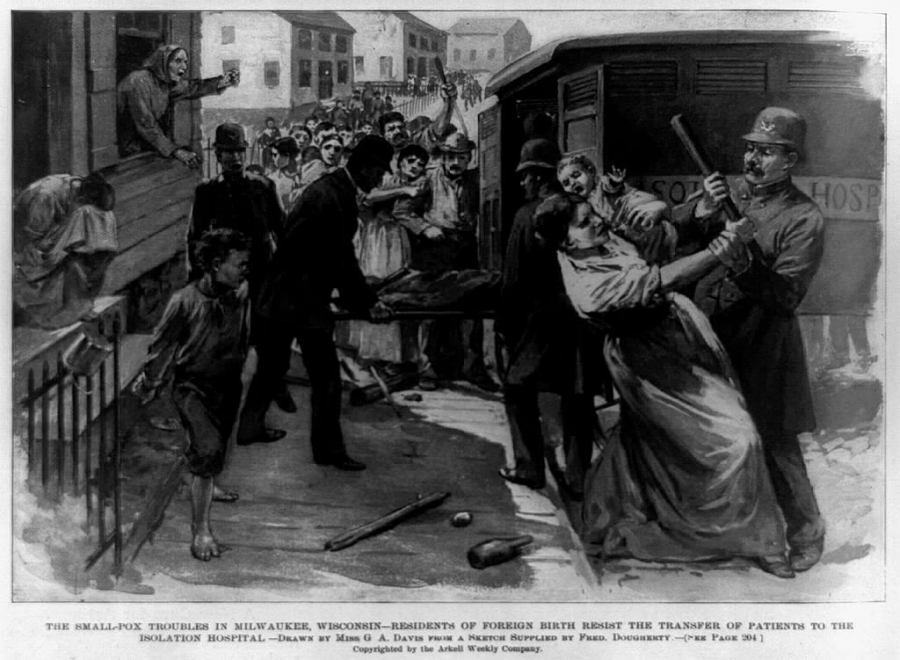
In 1900 the death of a Chinese origin lumber yard proprietor in the Chinese area of San Francisco, USA would spark off a quarantine for plague, which would become controversial later on. The authorities had forcibly quarantined Chinatown and the restrictions imposed were ethnic-based. The fact that Caucasians were allowed to leave, while Chinese origin people were not, was a decision that soon became controversial. However, the quarantine was later lifted by the court, which decided that it was a racist decision in nature and thus should not be applied.
Mary Mallon who is better known as Typhoid Mary is another unfortunate individual who spent a big part of her life, being forcefully kept in isolation, as she was found to be a carrier of Typhoid. The Irish born cook while working had unknowingly & unwillingly spread Typhoid to many houses in New York City where she had worked. When she was finally found to be a source of New York City’s Typhoid outbreak, she was put in quarantine in North Brother Island for 3 years (1907 -1910).
Later she was allowed to leave with a promise that she would never again cook. However, she was again caught (when she broke her promise & started working again as a cook) spreading Typhoid infection everywhere she went, she was put again in quarantine, for the rest of her life. This time she would spend 23 years (1915 – 1938) in quarantine. It was indeed an unfortunate matter, that a patient like Mary Mallon became notorious as Typhoid Mary & spent so many years of her life isolated from the normal population, because of her health problem.
Another incidence in the USA, where civil liberties were allegedly neglected was in 1917 when thousands of women were detained to stop the spread of venereal disease. With World War I raging, the government was concerned regarding the fact that many men couldn’t enroll in the army, as they were suffering from syphilis & gonorrhea. In an attempt to reduce these incidents many prostitutes & women with questionable character (suffering from STDs) were incarcerated, sometimes even without a formal charge against them & even refusing to free them, when they were cured.
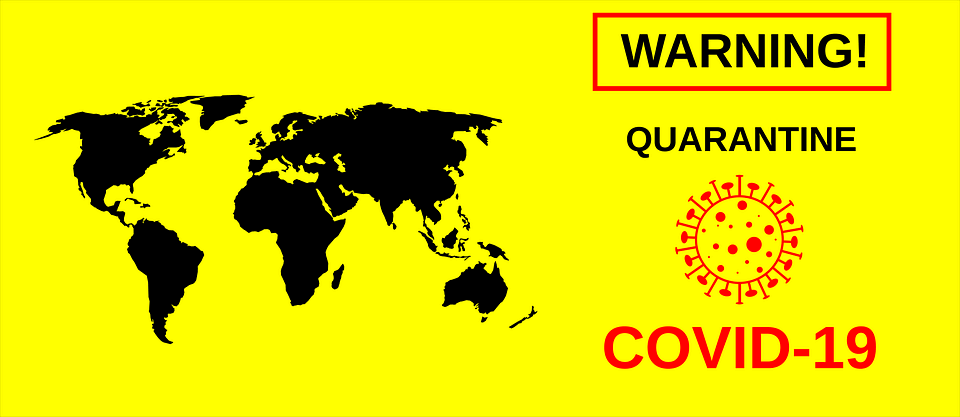
Most recent events that brought back the memories of the past dark history of quarantine are related to global Coronavirus Pandemic of 2019 -2020. As the pandemic started in China, many Chinese nationals and businesses suffered discrimination in different parts of the world. The reasons were simple – in some places, the Chinese nationals were held responsible for spreading the pandemic, and in some other cases they were looked upon with suspicion. As the pandemic progressed, most countries of the world went into lockdown, which impaired all aspects of the human life of people in different parts of the world.
The discussion above shows how the history of quarantine has evolved over the years. Initially, the methods were crude and unscientific but these fundamental principles would get modified with time and later give rise to modern-day Quarantine, that we so easily understand nowadays. Unfortunately, the history of quarantine also presents a few dark chapters, which should be studied only to understand as what are the things that should not be done.
Better disease control measures such as vaccines and antibiotics have reduced the need for Quarantine in the 21st century. However, the practice of isolating people with the communicable disease has persisted in some form or the other. Mostly nowadays the quarantine that is practiced, is in the form of separate wards in hospitals for patients with infectious disease.

Unfortunately, some incidences of epidemics in the 21st century have again led to the quarantine of a large number of people, most important of which was the Coronavirus epidemic of 2019 – 2020. This pandemic became more significant because, there were no known medications for the disease at the time, besides social distancing and quarantine of the risk group; proving once again that history has a nasty habit of repeating and those who ignore lessons of history, can do so on their own peril.